I believe many people are initially attracted to Tenmoku because of its glaze color and surface crystals. But why do crystals appear on the surface of a Tenmoku?
Tenmoku glaze color is usually referred to as iron crystalline glaze.
It is a common description of the unique technique used to make Tenmoku.
The origin of glaze.
The origin of glaze can be traced back to the Stone Age, where our ancestors discovered the use of ash glaze on high-temperature pottery. Later on, during the late Tang Dynasty, lime glaze gradually replaced ash glaze and by the Song Dynasty, almost all porcelain was made using lime glaze.
A ceramic artist once tested the body and glaze of Jian kilns, and the results of testing one type of "rabbit fur" glaze were particularly representative. The composition of the glaze structure showed that it was an ancient lime glaze type that was more acidic and had strong viscosity, making it easy to be thickly applied and resulting in a deep color tone. From the ratio of iron components, the "rabbit fur" glaze is mainly composed of dark brown glass and belongs to the category of phase-separated and crystallized glazes.
What is crystallization separation?
Crystallization separation refers to the precipitation of crystals, which can also be referred to as crystallization.
A crystal refers to a solid in which atoms, ions, or molecules are arranged into specific and regular geometric patterns. The macroscopic appearance of a crystal is characterized by a fairly regular cross-section and a specific shape.
Since crystals have a fixed structure, the same type of atom/ion/molecule arranged in different structures would result in different crystals. Different crystal structures can bring about different physical and chemical properties.
During the firing process of Tenmoku, crystals with different compositions and structures may form, leading to an infinite combination of possibilities and resulting in a wide variety of glaze colors for Tenmoku.
For example, there are several types of "oil drop" glaze alone.
However, if the only way to form glaze colors for Tenmoku is through crystallization separation, then there is no need to call it phase-separated and crystallized glaze.
During the firing of Tenmoku, both iron and iron oxide in crystalline and amorphous states will be produced.
When the arrangement of atoms/ions/molecules is not in a specific structure and is disordered, it does not belong to a crystal. The typical non-crystalline solid is glass.
It is widely known that the black base glaze of Tenmoku is made of glass.
However, various colors of "rabbit fur" and "oil drop" patterns may also be made of glass, which is often overlooked. Since not only crystals are formed, the concept of phase separation needs to be considered.
Interestingly, phase separation and crystallization can occur in the same Tenmoku, resulting in even more glaze color combinations and making Tenmoku very visually appealing.
However, the temperature and atmosphere during the firing of Tenmoku, as well as the crystallization process, are very sensitive, and even a slight variation in firing conditions can result in a significant difference in the appearance of the glaze texture.
In addition, the body of Tenmoku is prone to deformation, air bubbles, and sticking to the bottom at high temperatures. If a good Tenmoku is found and cherished, it is truly a rare find.
What is phase separation?
The key to the numerous glaze colors of Tenmoku lies in the separation of iron and iron oxide from the base glaze.
The iron in the body and glaze materials used for Tenmoku may be separated from the glass of the base glaze in the form of trivalent iron, divalent iron, or even pure iron.
However, the separation may not necessarily be in the form of crystallization, but may also be in the form of phase separation, where it is separated in an amorphous state.
What is "phase"?
"Phase" refers to a specific state of matter, such as gas, solid, or liquid, which is considered a phase.
Water freezes below 0°C, exists as liquid between 0°C and 100°C, and becomes water vapor above 100°C, which is a typical example of a three-phase transition.
When different phases are mixed together and become sufficiently homogeneous, they form a homogeneous phase, such as salt and sugar dissolving in water to form a homogeneous solution.
If they cannot dissolve in each other and the boundary is clear, such as oil droplets in water that can be easily separated by stirring, it is called phase separation.
These concepts also apply to solids, and it is the same for Tenmoku.
Utensils have emotions, warmth without sound; the interest in playing with Tenmoku comes first, never forget the original intention!


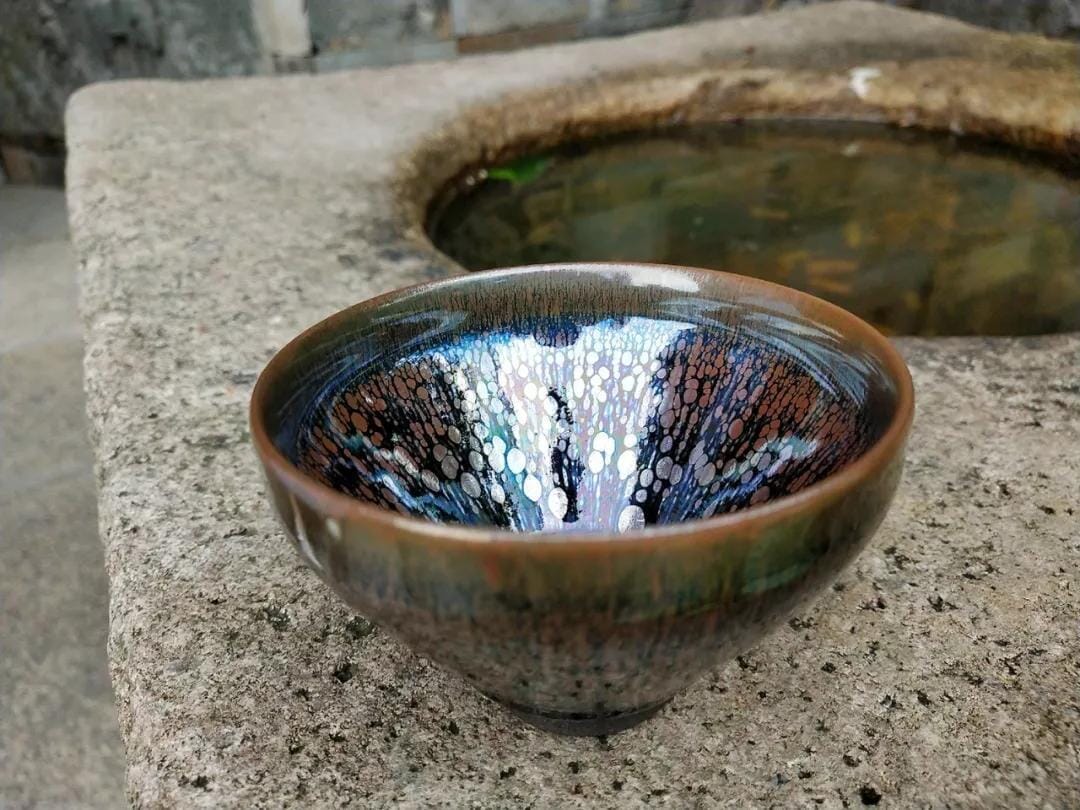
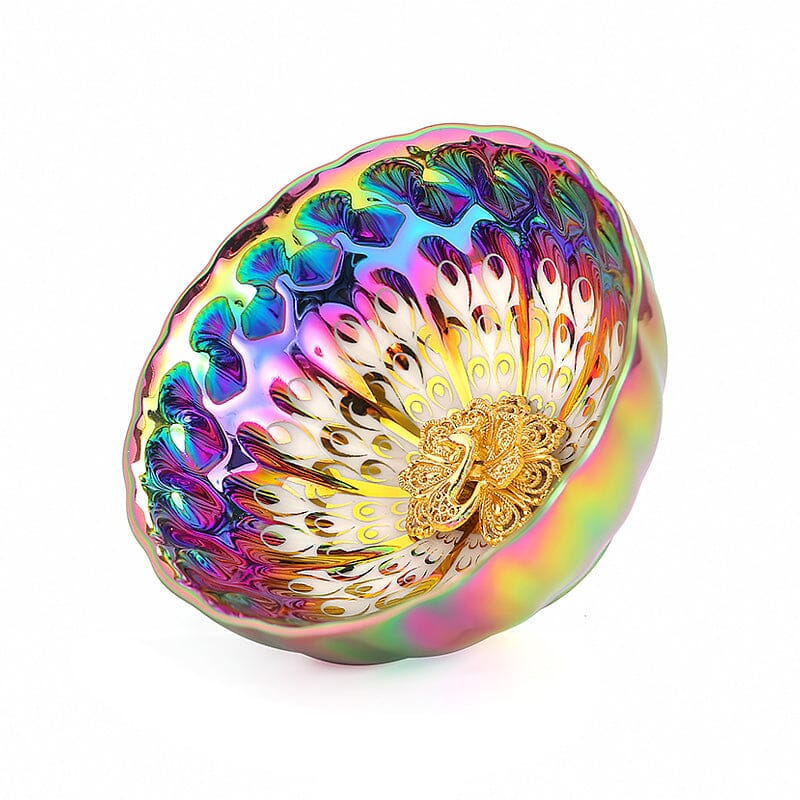
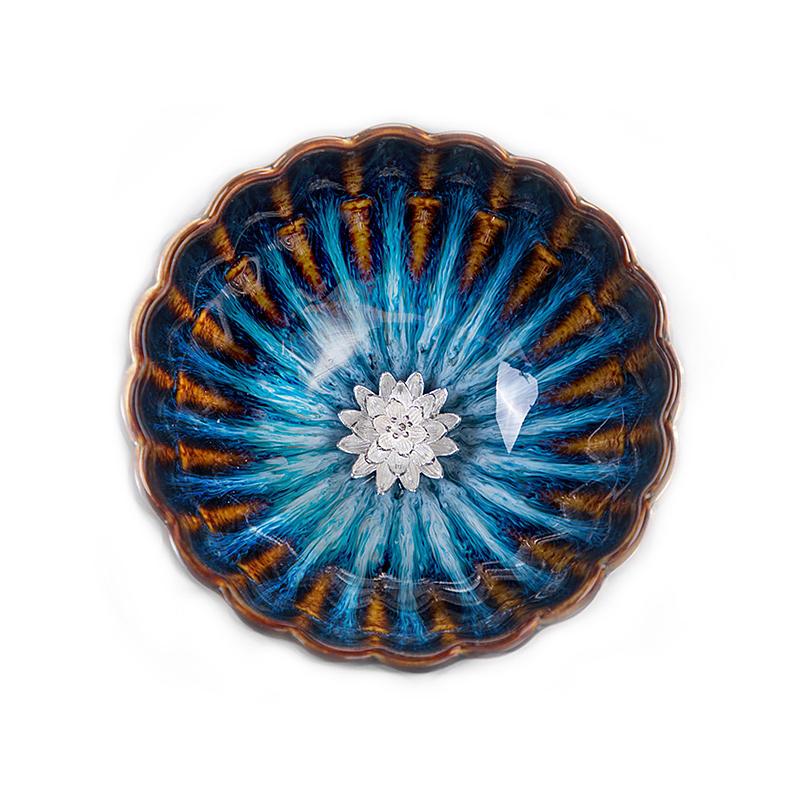
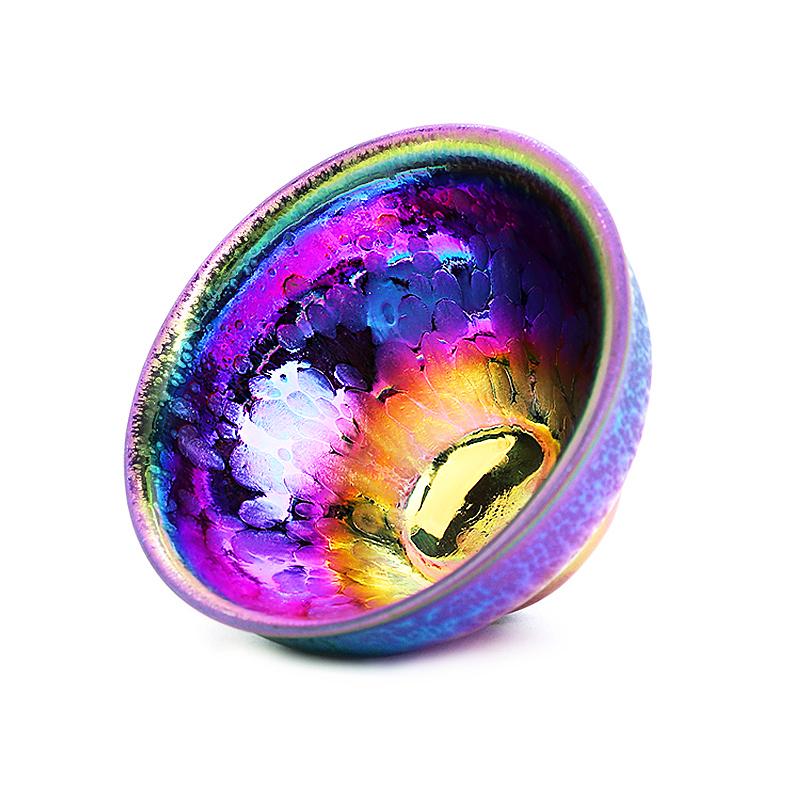
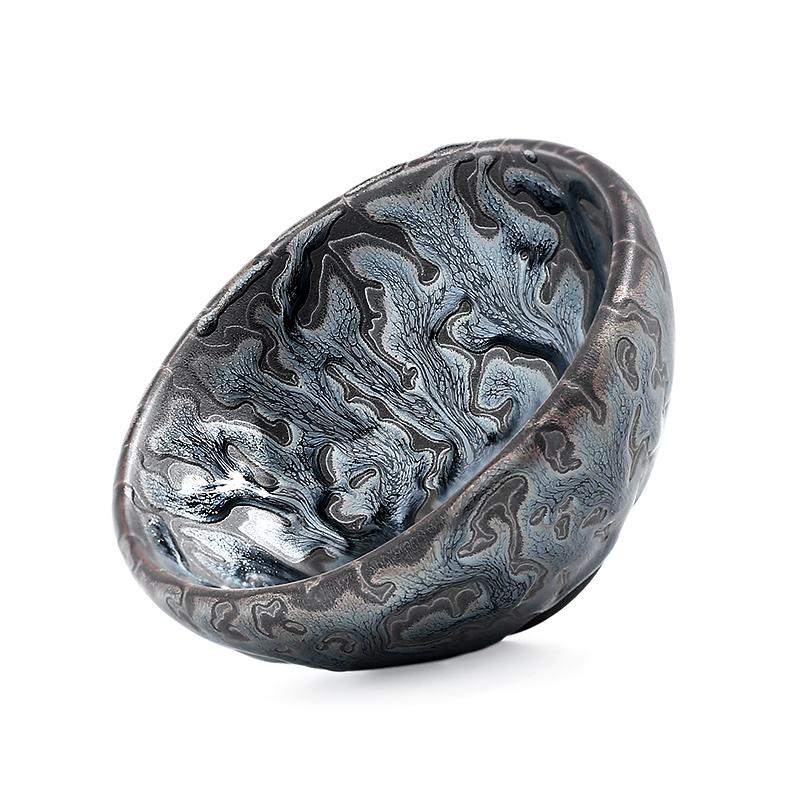
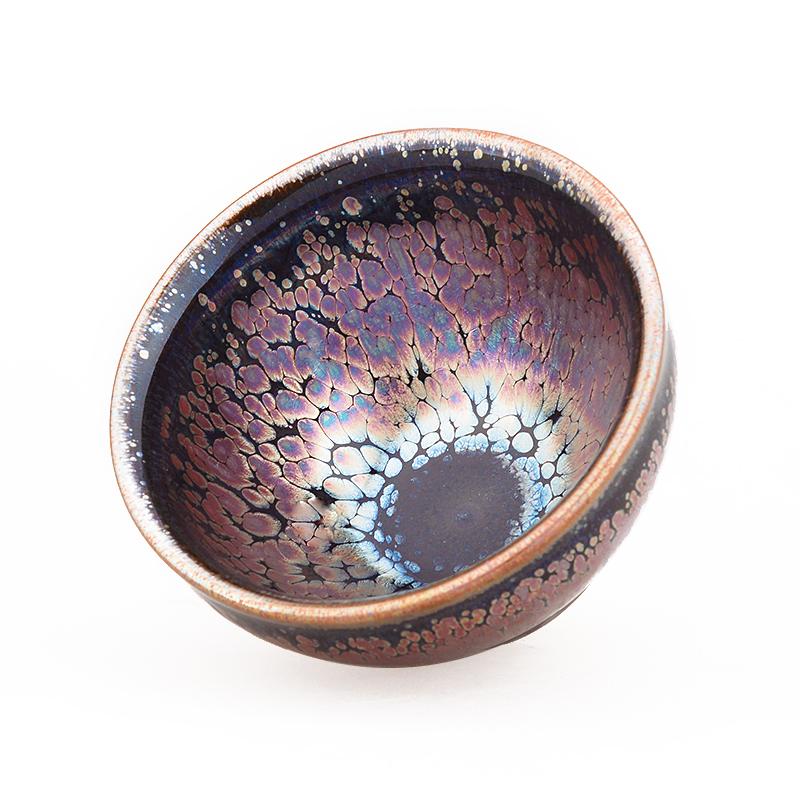
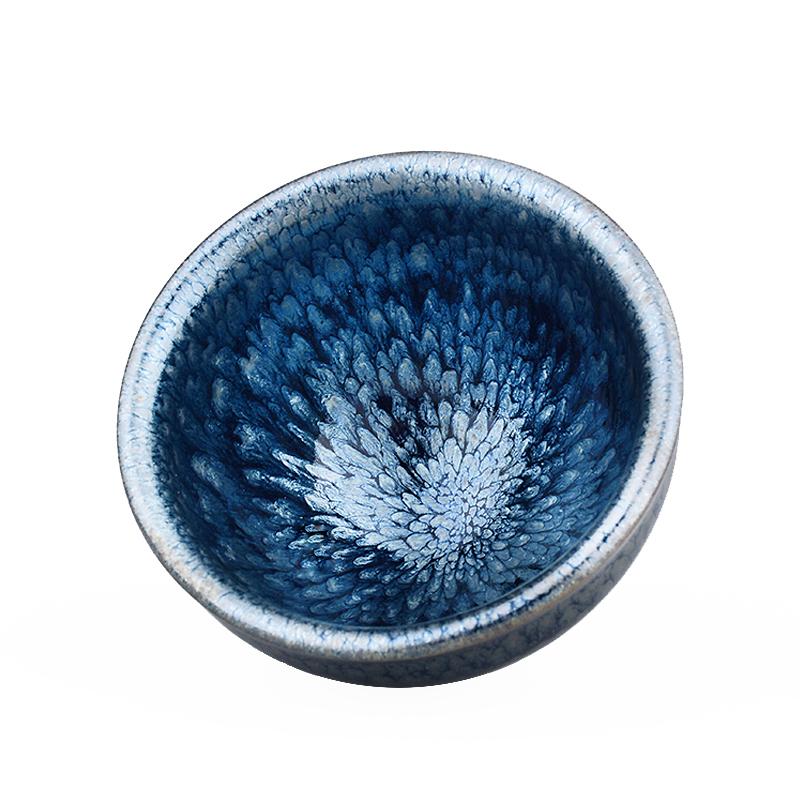
Share:
The six incredible aspects of Tenmoku
Can this teacup really be attracted by a magnet?